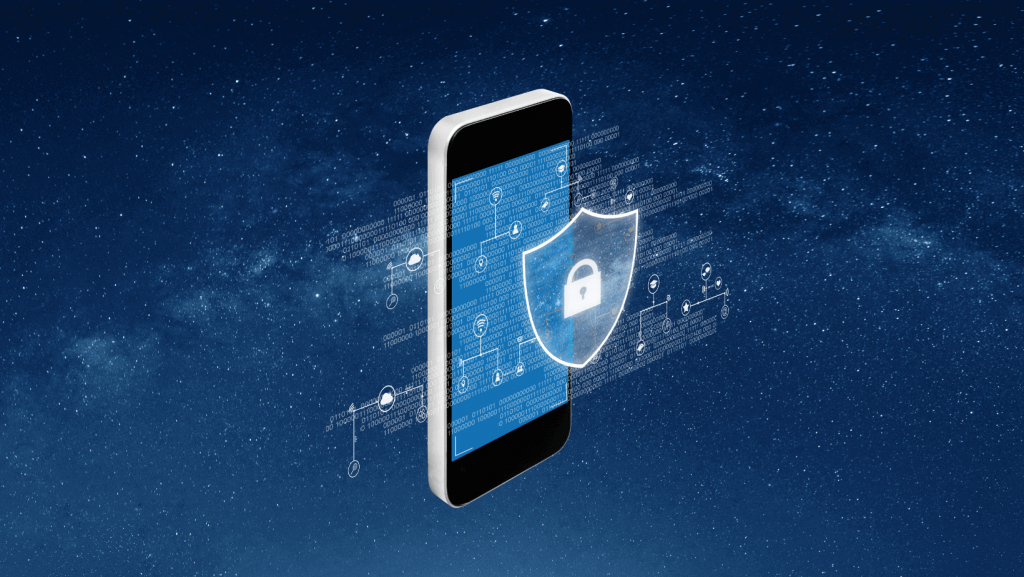Draft Data Breach Prevention and Response: Building an Effective Incident Response Plan
Michael Pretorius
January 10, 2025

With the ever-increasing reliance on digital systems and the rising sophistication of cyber threats, organisations face a daunting challenge in protecting their sensitive data from potential breaches. A data breach can have far-reaching consequences, including financial losses, reputational damage, and legal ramifications. To fortify defences and minimise the impact of breaches, it is imperative for organisations to construct a robust incident response plan. In this article, we will delve into the crucial elements of building an effective incident response plan and explore proactive strategies for preventing data breaches.
Understanding the Threat Landscape
Building an effective incident response plan begins with a clear understanding of the evolving threat landscape. Cybersecurity threats are constantly evolving, and attackers are using increasingly sophisticated tactics. To stay ahead, organisations must stay updated on the latest attack vectors, emerging threats, and industry-specific risks. Conducting comprehensive risk assessments, staying informed through industry reports and threat intelligence, and collaborating with peers and experts are vital for proactive defence. Continuous monitoring, testing, and evaluation help identify vulnerabilities and adapt security measures.
Developing an Incident Response Team
Establishing a dedicated incident response team is crucial for organisations to effectively defend against data breaches. This team should include members from various departments with clearly defined roles and responsibilities. A team leader or incident response coordinator should oversee the response efforts, assigning specific tasks based on expertise. Collaboration and communication within the team are essential for a swift and efficient response. Regular training and drills help keep the team updated on emerging threats and best practises. Additionally, maintaining strong communication with stakeholders and conducting tabletop exercises to simulate breach scenarios contribute to a proactive and effective incident response capability. By building an incident response team, organisations can enhance their defence against data breaches and mitigate their impact.
Creating an Incident Response Plan
An incident response plan is a vital component of a strong cybersecurity strategy. It provides organisations with a roadmap to follow when a data breach occurs, enabling a prompt and coordinated response. The plan should outline clear procedures for detecting, containing, mitigating, and recovering from a breach. It should also establish communication protocols to facilitate timely and effective information sharing both internally and externally. Regular testing and rehearsal of the plan help identify any gaps and ensure its effectiveness. By developing a robust incident response plan, organisations can enhance their ability to manage and mitigate the impact of data breaches, safeguard sensitive information, and maintain trust with stakeholders
Implementing Security Controls
Preventing data breaches requires a proactive approach to security. Implementing robust security controls is crucial to reducing the risk of unauthorised access to sensitive data. Encryption plays a vital role in safeguarding data by encoding it, making it unreadable to unauthorised users. Additionally, multi-factor authentication adds an extra layer of protection by requiring multiple credentials for accessing systems or sensitive information. Intrusion detection systems continuously monitor networks and systems, promptly alerting administrators of any suspicious activities or potential breaches. Regular security assessments and audits help identify vulnerabilities and weaknesses in the infrastructure, enabling timely remediation and strengthening the overall security posture. By implementing these essential security controls, organisations can enhance their resilience against data breaches, protect valuable information, and maintain the trust of customers and stakeholders.
Employee Training and Awareness
Human error continues to be a significant factor in data breaches, making employee training and awareness programs crucial for organisations. Investing in comprehensive training initiatives helps foster a culture of cybersecurity within the workforce. Employees should be educated on various cybersecurity best practises to minimise the risk of falling victim to attacks. This includes recognising and avoiding phishing attempts, which often trick individuals into revealing sensitive information or downloading malicious software. Secure password management is another essential aspect, emphasising the importance of strong, unique passwords and the use of password managers. Training should also address the safe handling of sensitive information, emphasising the need for proper data classification, secure file sharing practises, and the importance of reporting any suspicious activities or incidents. By empowering employees with the knowledge and skills to identify and respond to potential threats, organisations can significantly reduce the likelihood of data breaches caused by human error, fortify their overall security posture, and create a vigilant and cyber-aware workforce.
Regular Testing and Evaluation
Regular testing and evaluation of the incident response plan are vital to ensuring its effectiveness in real-world scenarios. Through simulated breach scenarios, known as tabletop exercises, organisations can identify gaps and weaknesses in their response procedures. These exercises provide an opportunity to assess communication protocols, train team members, and improve coordination. By conducting regular tests, organisations can refine their incident response capabilities, update procedures, and stay prepared to effectively respond to data breaches. Proactive evaluation allows for continuous improvement and adaptation to evolving cyber threats, demonstrating a commitment to robust cybersecurity measures.
Engaging with External Partners
Collaborating with external partners is a strategic move that can significantly enhance an organisation’s incident response capabilities. By working with cybersecurity consultants, legal advisors, and law enforcement agencies, organisations can tap into their expertise and guidance, gaining valuable insights and support during a breach incident. Cybersecurity consultants can assess the organisation’s security posture, identify vulnerabilities, and recommend effective preventive measures. Legal advisors can provide guidance on legal obligations, compliance requirements, and potential liabilities associated with data breaches. Law enforcement agencies can assist in investigating the breach, collecting evidence, and taking legal action against the perpetrators. This collaborative approach ensures that the incident response team has access to a wider range of resources, knowledge, and experience, enabling a more robust and efficient response. By leveraging external partnerships, organisations can strengthen their incident response capabilities and demonstrate a proactive commitment to safeguarding sensitive data.
Continuous Improvement and Lessons Learned
After a data breach incident, conducting a thorough post-incident analysis is crucial. This analysis helps identify the root causes, assess the effectiveness of the response, and implement corrective actions. By learning from the breach, organisations can enhance their incident response plan, address vulnerabilities, and improve security controls. It also enables them to strengthen coordination with external partners and take preventive measures to minimise the likelihood of future breaches. Continuous improvement is essential to staying resilient in the face of evolving cyber threats and safeguarding sensitive data.
Data breaches pose a significant risk to organisations, but by implementing a comprehensive incident response plan, organisations can minimise the impact of breaches and protect their sensitive data. Building an effective incident response plan requires a proactive approach, continuous improvement, and collaboration among various stakeholders. By prioritising data breach prevention and response, organisations can safeguard their valuable assets and maintain the trust of their customers and stakeholders in an increasingly digital world.
Recent Posts
-
 Draft 4 Guidelines for Managing the Mobile Paradox10 Jan 2025
Draft 4 Guidelines for Managing the Mobile Paradox10 Jan 2025 -
 Draft From Vulnerability to Victory: Supply Chain Security for SMEs10 Jan 2025
Draft From Vulnerability to Victory: Supply Chain Security for SMEs10 Jan 2025 -
 Draft Data Breach Prevention and Response: Building an Effective Incident Response Plan10 Jan 2025
Draft Data Breach Prevention and Response: Building an Effective Incident Response Plan10 Jan 2025 -
 Draft Mobile Device Security: Protecting Your Data on the Go10 Jan 2025
Draft Mobile Device Security: Protecting Your Data on the Go10 Jan 2025